Are you new to underwater exploration or looking for a smoother, more controlled ride in the water? Stability is a crucial factor when choosing an underwater sea scooter, especially for beginners. Whether you’re diving in calm waters or navigating currents, a stable scooter ensures you can enjoy the experience without worry. In this article, we’ll dive into why stability matters, how it enhances your experience with models like the ASIWO Manta and U1, and the innovative features these scooters offer to keep you safe and in control. Let’s explore how ASIWO’s design expertise can take your underwater adventures to new depths, providing stability and confidence for users of all skill levels.
What Does Stability Mean for Underwater Scooters?
Stability refers to how well an underwater scooter maintains its orientation, balance, and predictable movement underwater. A stable scooter resists tipping or yawing and allows smooth, controlled motion. Key factors include buoyancy balance and thruster placement. For instance, many scooters use neutral-buoyancy chambers or adjustable weights to “counteract the scooter’s natural tendency to sink or rise, maintaining stable depth”. A well-designed scooter should let a diver move straight with minimal input corrections. ASIWO’s Manta model even has a special one-hand mode – when held in one hand it boosts the motor on that side to “maintain balance and stability” – illustrating how engineering can directly enhance stability.
Why Stability Matters for Beginners
Beginners need scooters that are easy and safe to control. A stable scooter makes learning much easier because the rider doesn’t have to constantly correct its motion. Scooters that help a diver “maintain buoyancy, ensuring a stable and secure experience” give novices more confidence underwater. If a scooter is wobbly or overly powerful, a new user can quickly become overwhelmed or unbalanced. By contrast, a stable, well-balanced scooter means the diver can focus on breathing and navigation rather than fighting the device. In practice, this means a mild, balanced thrust and predictable handling are crucial. For example, one reviewer noted that the ASIWO Manta had “enough power to pull us comfortably in our gear but not too much power that I felt like I was being peeled from the Manta’s grip,” calling it “perfect for beginners”. In short, stability for beginners translates to safety and ease of use: less chance of startling movement or flips lets novices explore underwater without fear.
Stability-Enhancing Features in ASIWO Models
Dual Thrusters (Balanced Propulsion)
ASIWO Manta and ASIWO U1 scooters use dual motors/propellers. This symmetric setup naturally balances thrust on both sides, making them inherently steadier than single-propeller scooters. In general, diving experts note that scooters with two thrusters “are more stable than those that only have one”, which is why dual-motor scooters are often recommended for beginners. The Manta’s dual motors provide even pull (it “features dual motors”), so the scooter doesn’t yaw to one side and handles predictably.
One-Hand Control Mode
The ASIWO Manta has a one-hand operation mode for added stability. If the rider holds only one side, the scooter automatically boosts the motor on that side to compensate, keeping the vehicle balanced. In practice, this means the scooter won’t start tipping when gripped with one hand. Reviewers confirm it “can be safely used with one hand without any wobbling” thanks to this system. This feature directly targets stability by electronically adjusting thrust to keep the scooter level.

Buoyancy Design
ASIWO scooters are designed with buoyancy in mind. The Manta, for example, is slightly positively buoyant (it tends to float up). That may sound unstable, but it actually helps safety – if you let go, the scooter will float rather than sink. To dive stably, users simply carry a small extra weight (about 5 lbs) to counter the buoyancy. Once weighted, the scooter holds depth reliably. In effect, this built-in buoyancy ensures the scooter naturally stays at a given depth unless the diver actively directs it, aiding steady handling.
Lightweight, Ergonomic Build
Models like the ASIWO Mako are intentionally light and easy to grip. A lighter scooter is easier to maneuver and less likely to abruptly lunge. The Mako’s “lightweight design” is praised for making it “easy to handle, even for beginners”. By contrast, heavier scooters can feel sluggish or require more effort to turn. Thus, ASIWO’s focus on lightweight construction contributes to a stable user experience, especially at low speeds.

Hydrodynamic Shapes
ASIWO scooters use streamlined bodies that slice through water cleanly. For example, the ASIWO U1 is advertised for “stable underwater performance” even at its maximum rated depth. The smooth hull and fair weight distribution minimize drag and wobble, so the scooter follows a straight path for any given throttle input. This kind of design detail helps keep the scooter steady in currents or turning maneuvers.

Safety Features that Aid Stability
Many safety features also support stability. ASIWO scooters have fully encased propellers and security locks. Enclosed props prevent sudden snags or catches (which could pull the scooter unexpectedly) and prevent finger injuries. A built-in kill switch tether shuts off the motor if you let go, so an uncontrolled scooter won’t rocket forward – it just stops and floats up. This behavior is inherently more stable (and safe) than risking a runaway scooter. In sum, ASIWO models combine balanced propulsion, buoyancy tuning, and ergonomic design to keep users riding smoothly.
Safety Considerations
Built-in Safety Features
ASIWO scooters include features that enhance overall stability/safety. Fully enclosed propellers and a security lock (e.g. on the Manta) prevent accidental injury and misuse. A critical feature is the safety tether (kill switch) – if you let go or lose the scooter, it immediately powers off and floats up. This ensures that even if control is lost, the scooter won’t continue moving unpredictably.
Proper Training
No scooter, however stable, replaces basic diving skills. Experts warn that scooters “can be extremely dangerous if used without proper prior training". For example, accidentally ascending too quickly on a powered scooter can injure the diver. Beginners should learn buoyancy control and practice using the throttle in a controlled environment before exploring deeply. Stable design reduces risk, but following safe diving protocols is essential.
Speed Management
Beginners should start on the lowest speed. Since higher speed and thrust increase the chances of instability, ASIWO’s multi-speed modes (slow/medium/fast) help. User guides recommend staying at a moderate setting until confident. As one guide notes, high thrust helps in currents but always demands more control. Using lower speeds conserves battery and gives the diver time to react, contributing to a safer, more stable experience.
Gear and Conditions
Always check equipment before diving. A secure wrist strap prevents the scooter from getting too far away. Wearing appropriate weight (to compensate buoyancy) and not exceeding depth limits are also crucial – the U1, for example, is rated to 50m for stable performance, but recreational divers should stay shallower. And like any dive activity, having a buddy, surface flag, and monitoring air supply are part of safe operation.
Related reading: Are Underwater Scooters Safe?
FAQs
Q: What makes the ASIWO Manta stable for beginners?
- The ASIWO Manta features dual motors, a one-hand control mode, and buoyancy design that ensure stability, making it easier for beginners to use without constant corrections.
Q: Can the ASIWO Manta be used safely with one hand?
- Yes, the ASIWO Manta has a one-hand operation mode that boosts the motor on the held side, preventing tipping and making it safe and stable for one-handed use.
Q: How can I ensure stability while using an underwater scooter?
- Beginners should start on lower speed settings, use proper buoyancy, and avoid exceeding depth limits. A secure wrist strap and adherence to safe diving practices also enhance stability and safety.
Conclusion
In summary, ASIWO scooters incorporate many features to keep the ride stable (auto-stop, float, encased props, balanced thrust). However, user vigilance and training remain key safety factors. When used responsibly, the stability built into these scooters makes them safe for beginners to enjoy underwater exploration.
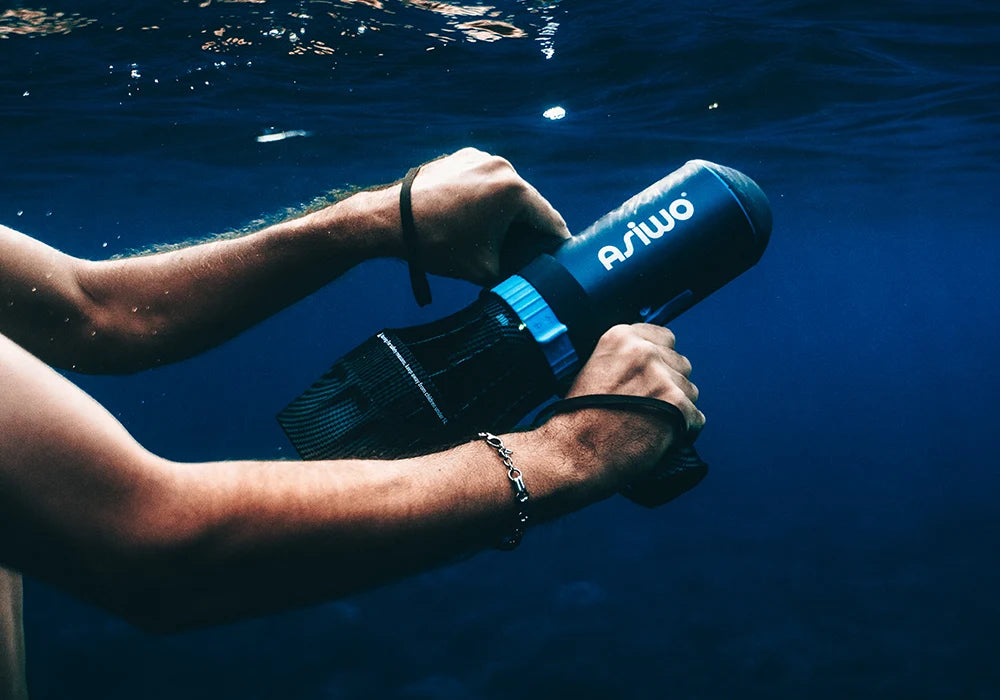




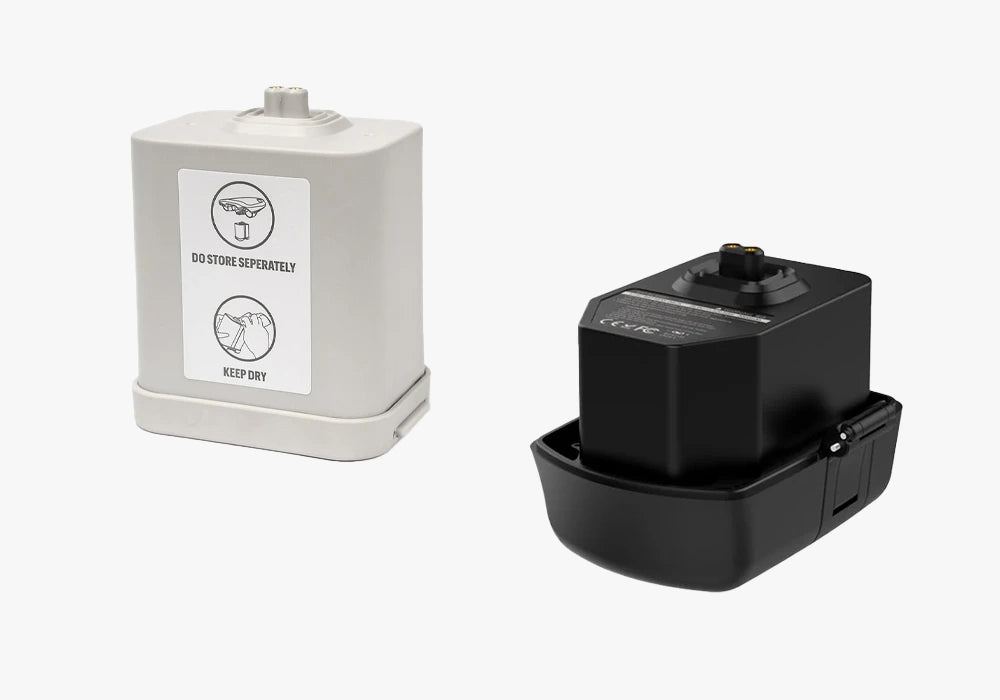




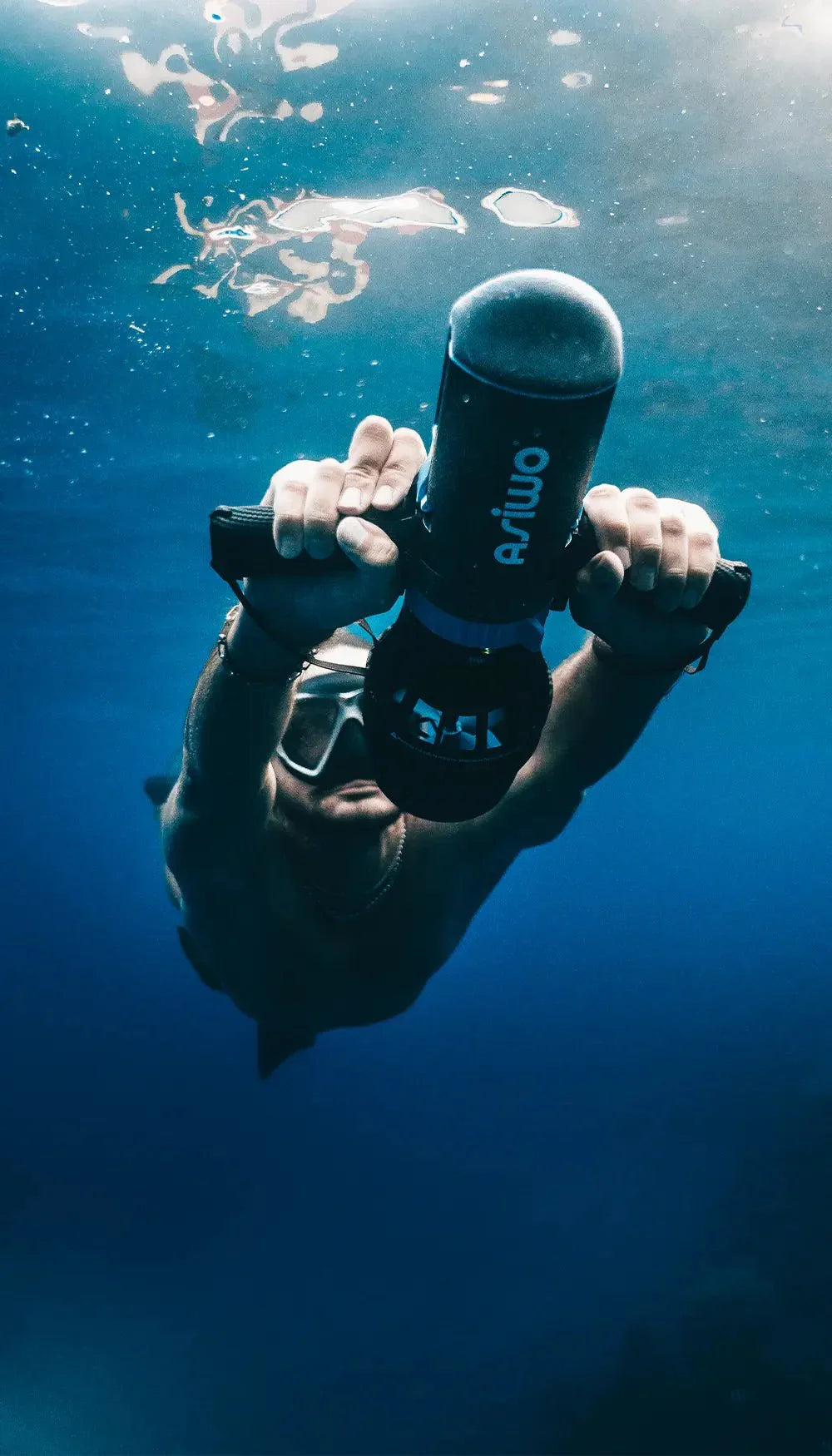
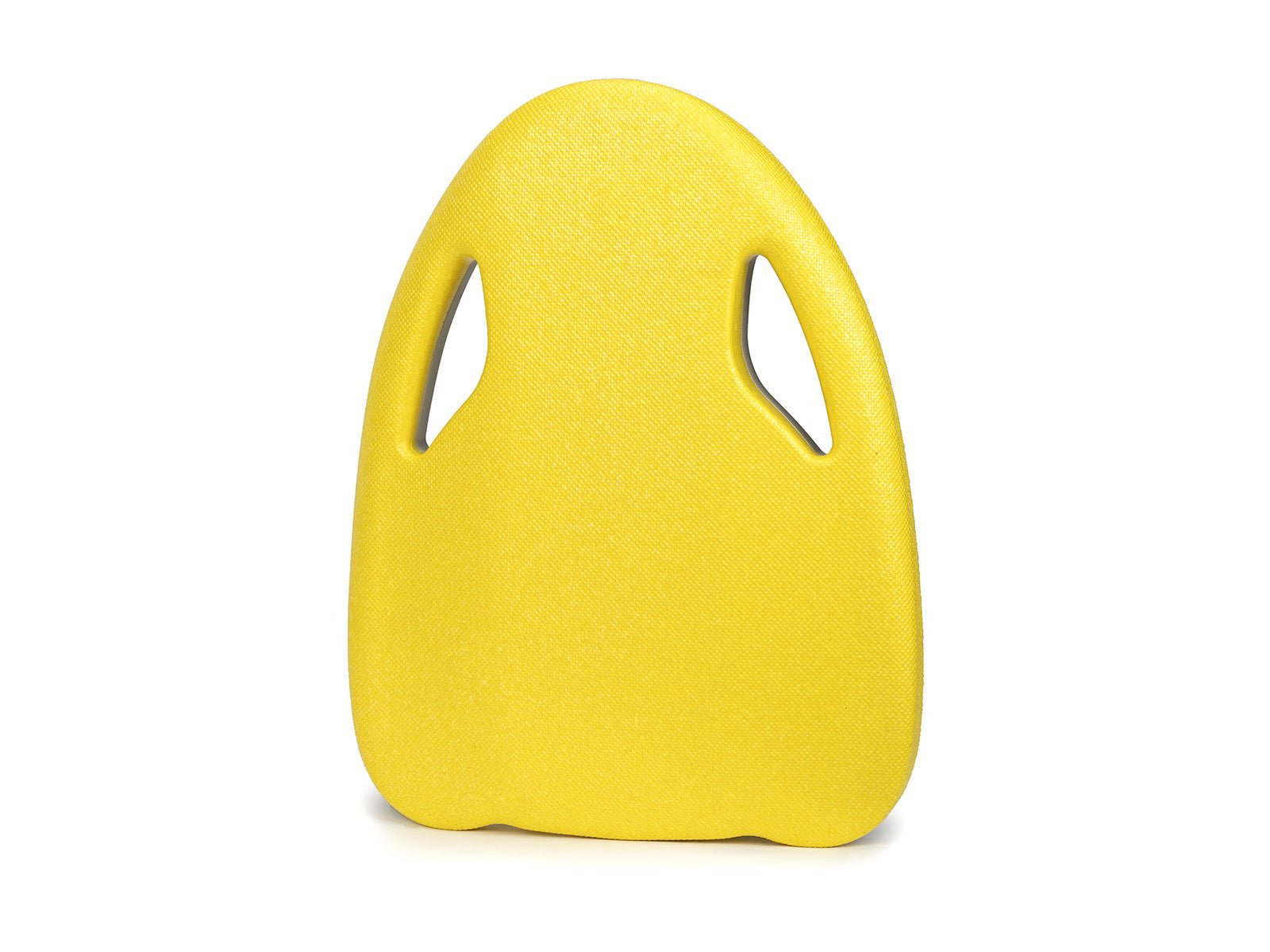
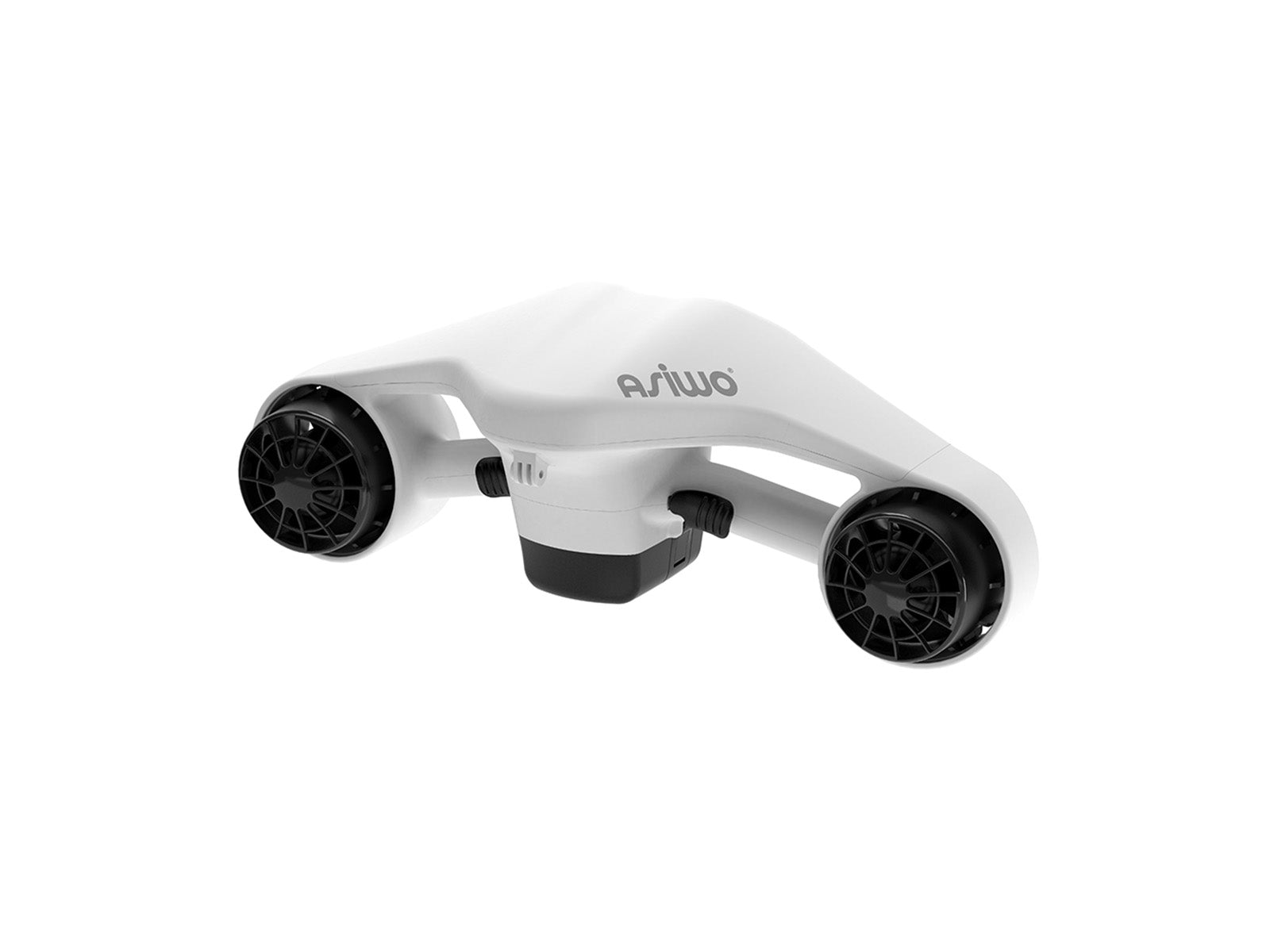
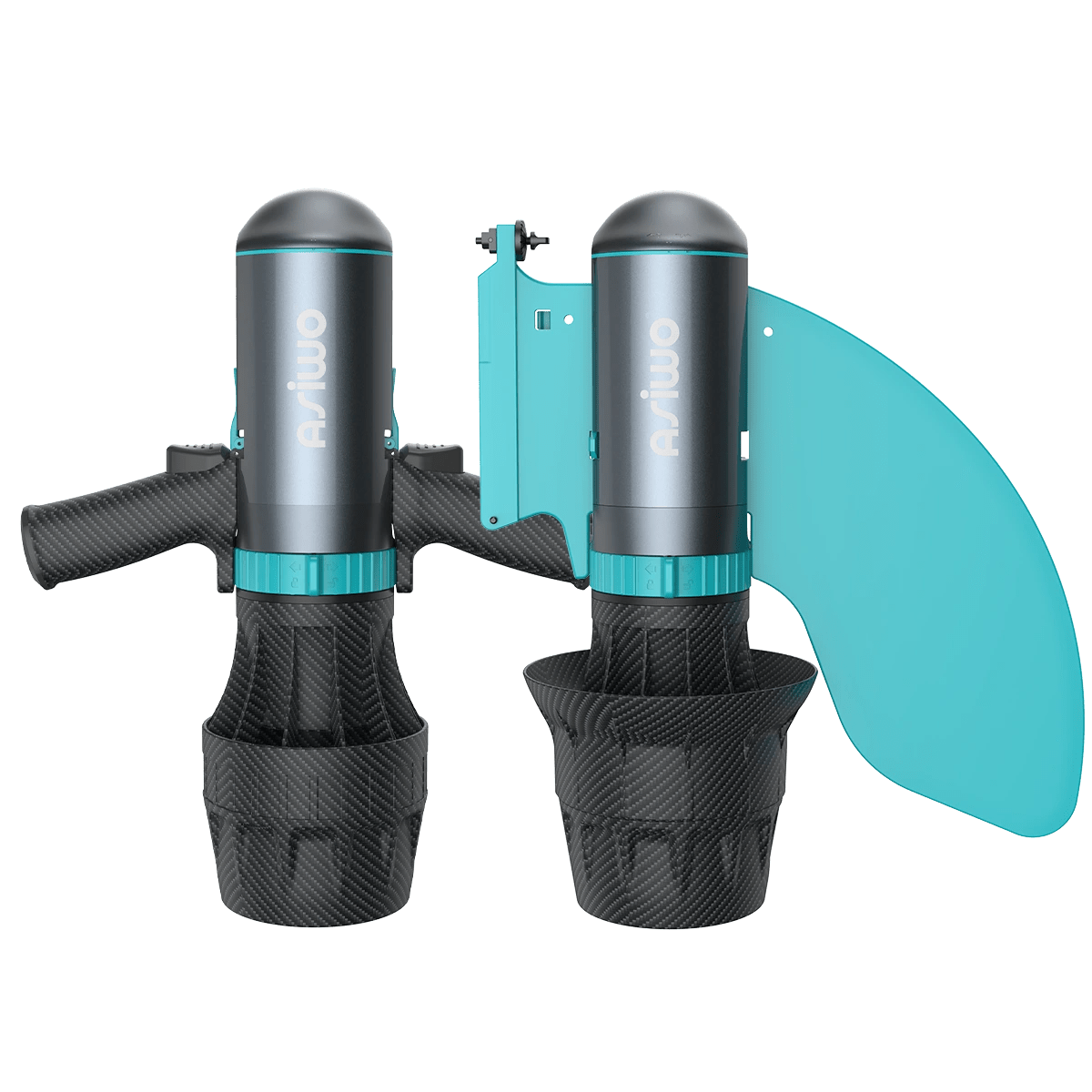




Leave a comment